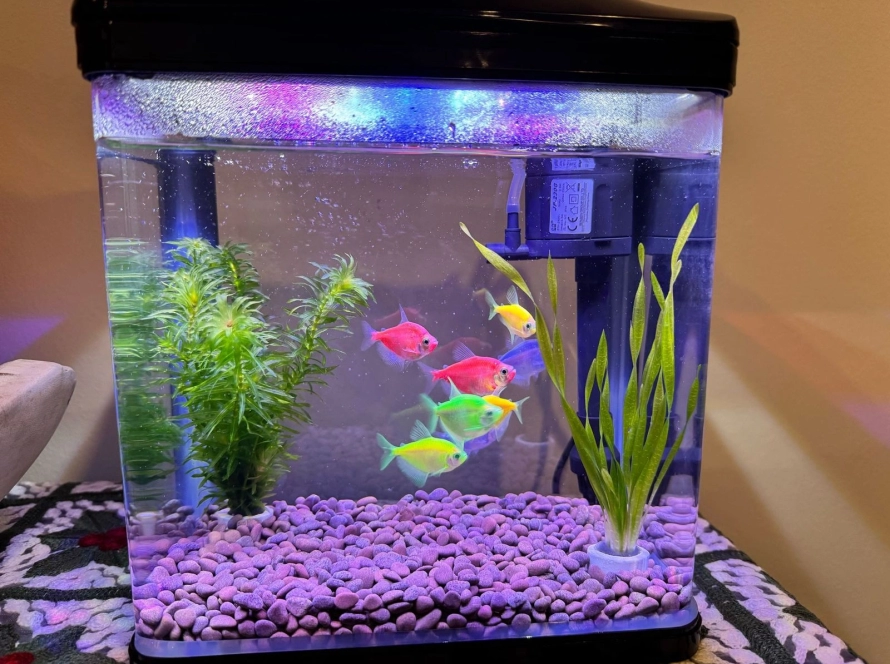
Imagine a world where letters dance on the page, refusing to stay still. Words blur together, sentences become tangled webs, and the simple act of reading feels like scaling a mountain. This is the reality for many children with dyslexia, a learning difference that can leave them feeling confused, discouraged, and even ashamed.
With over a decade of experience working with children in Singapore, I’ve witnessed firsthand the emotional toll that dyslexia can take. Tears welling up during reading time, the slump of defeated shoulders, the quiet pleas for help – these are the signs that break your heart and fuel your determination to find a better way.
The good news is, there is hope. Beyond the frustration lies a world of potential waiting to be unlocked. Dyslexia doesn’t define a child’s intelligence; it simply means their brain processes information differently. By embracing these differences and implementing effective strategies, we can transform a struggle into a joyful learning journey.
Why Traditional Methods Fall Short

Traditional classrooms in Singapore often rely heavily on rote memorization and phonics-based reading instruction, These methods can be effective for some children, but for dyslexic learners, they can be overwhelming and leave them feeling lost. Their brains struggle to connect symbols with sounds, making decoding words a seemingly insurmountable challenge.
This disconnect can lead to a cascade of negative emotions. Frustration builds, confidence plummets, and the joy of learning gets buried beneath a mountain of difficulty. Imagine the impact on a child’s self-esteem when they see their peers effortlessly grasp concepts they battle with every day (Scarborough, 2019).
Empowering Young Minds: A Different Approach

The key to unlocking the potential of a dyslexic child lies in understanding how their brain works and catering to its unique strengths. Here are some effective strategies that can transform the learning experience in an early intervention program (EIPIC) or a school readiness program:
Focus on Strengths: Dyslexia is often accompanied by exceptional creativity, strong visual-spatial skills, and remarkable problem-solving abilities (Shaywitz, 2003). By identifying and celebrating these strengths, we build confidence and create a positive learning environment. Imagine incorporating a dyslexic child’s artistic talents into a spelling lesson, or utilizing their spatial reasoning skills in math activities. This not only reinforces academic concepts but also fosters a sense of accomplishment and belonging.
Multisensory Learning: Traditional methods primarily rely on visual input, which can be overwhelming for dyslexic learners. By incorporating other senses, such as touch, kinesthetic activities, and auditory cues, we create a more engaging and effective learning experience. Think about using manipulatives (3D objects) to represent sounds, incorporating movement breaks that reinforce letter formation, or utilizing audiobooks and text-to-speech software. Engaging multiple senses strengthens neural connections, promoting better comprehension and retention for dyslexic students (Reid, 2009).
Structured Literacy: This evidence-based approach combines explicit phonics instruction with a focus on morphology (word structure) and vocabulary development. By breaking down complex concepts into smaller, manageable steps, we equip dyslexic learners with the tools they need to decode new words, improve reading fluency, and ultimately, gain access to the joy of reading (National Center for Learning Disabilities, 2021).
Technology as a Tool: Assistive technologies like audiobooks, text-to-speech software, and specialized dyslexia fonts can significantly improve reading fluency and comprehension. These tools remove barriers and allow dyslexic students to access information on an equal footing with their peers. Additionally, educational apps and games designed specifically for dyslexia can provide a fun and interactive way to practice targeted skills.
Building Confidence: Perhaps the most crucial element is fostering a growth mindset in the child. This means teaching them that mistakes are a natural part of the learning process, and that with effort and perseverance, they can overcome challenges. Celebrate their progress, no matter how small, and provide encouragement and support every step of the way (Dweck, 2006).
Beyond Academics: A Holistic Approach

Dyslexia can impact more than just reading skills. It can also affect a child’s self-esteem, social interactions, and overall emotional well-being. A comprehensive approach that addresses not just the academic challenges but also the emotional and social needs of the child is essential. This may include social skills training, emotional regulation techniques, and support groups that connect children with others who share similar experiences.
Early Intervention is Key
If you suspect your child may have dyslexia, don’t hesitate to seek professional help. Early intervention, particularly through programs like EIPIC, is crucial in preventing frustration and maximizing a child’s potential.
At ONE Intervention Centre, we specialize in developing evidence-based programs designed to empower children with dyslexia in Singapore. Our team of experienced professionals utilizes the Q Pulse approach, which integrates powerful elements to create a supportive and stimulating learning environment:
Evidence-based Strategies: Our interventions are backed by scientific research, ensuring your child receives the most effective methods for overcoming dyslexia challenges (National Center for Learning Disabilities, 2021).
Supportive Environment: We foster a positive and encouraging atmosphere where children feel safe to take risks, ask questions, and celebrate their achievements. This helps build confidence and a love of learning (Scarborough, 2019).
Beyond Academics: We address the whole child, recognizing the impact of dyslexia on social, emotional, and motor skills. Our programs incorporate elements of play therapy, social skills training, and sensory integration activities (Reid, 2009).
Structure and Organization: Clear routines, predictable schedules, and visual aids promote a sense of security and make learning more manageable for dyslexic children (Gottesman & Hanline, 2014).
Focused Learning: Structured activities and individualized instruction help children develop targeted skills and build concentration (Hanen Centre, 2023).
Visual and Verbal Communication: We utilize a variety of methods to enhance communication and learning, including pictures, schedules, charts, and positive reinforcement techniques (Gottesman & Hanline, 2014; Hanen Centre, 2023).
We understand that every child learns differently. That’s why we offer a variety of programs to cater to individual needs, from our Early Intervention Program for Infants and Children (EIPIC) to school readiness programs and targeted interventions for older children. We also provide comprehensive support for families, including parent training, and home consultations through our Horizons Premium Suites package.
Working Together for a Brighter Future

Dyslexia is not a barrier to success. With the right support and effective strategies, children with dyslexia can thrive in school and reach their full potential. At ONE Intervention Centre, we are committed to working alongside parents, educators, and other professionals to create a brighter future for all dyslexic learners in Singapore.
Take the Next Step
If you are concerned about your child’s development or suspect they may have dyslexia, we encourage you to contact us for a free consultation. Our team of experts can help you understand your child’s needs and explore the best course of action. Visit our website [www.oneintervention.org] to learn more about our programs and how we can help your child unlock their potential. You can also find us on Instagram and Facebook @oneintervention.
Additional Resources:
- Singapore Dyslexia Association: https://das.org.sg/
- Ministry of Education Singapore – Support for Students with Dyslexia: https://www.moe.gov.sg/primary/curriculum/learning-support
We hope this article has provided you with valuable information about dyslexia and effective strategies for supporting dyslexic learners. Remember, early intervention is key. By working together, we can empower children with dyslexia to achieve their dreams.
References
- Dweck, C. S. (2006). Mindset: The new psychology of success. Random House.
- Gottesman, R., & Hanline, M. (2014). Teaching students with visual impairments. Paul H. Brookes Publishing Co.
- Hanen Centre. (2023, May 10). The OWL (Observe, Wait, Listen) strategy. https://www.hanen.org/images-for-public-site/links—sample-pdfs/itttp17-18s
- National Center for Learning Disabilities. (2021, September 21). Structured Literacy. ncld.org
- Reid, G. (2009). Multisensory teaching of basic literacy skills: The evidence base. Wiley-Blackwell.
- Scarborough, H. (2019). The science of reading: A historical perspective. Routledge.
- Shaywitz, S. E. (2003). Overcoming dyslexia: A new and complete plan for reading problems at any level. Knopf Doubleday Publishing Group.

